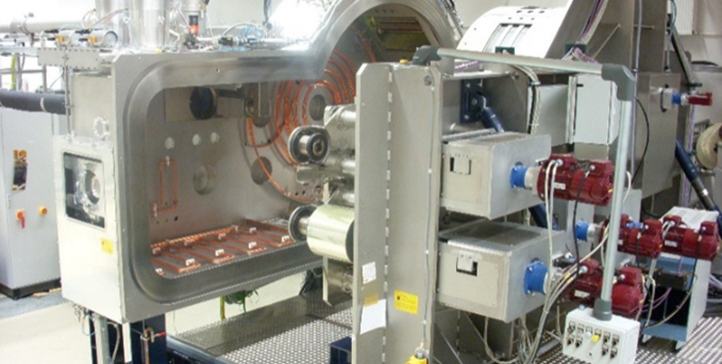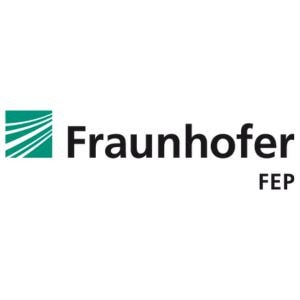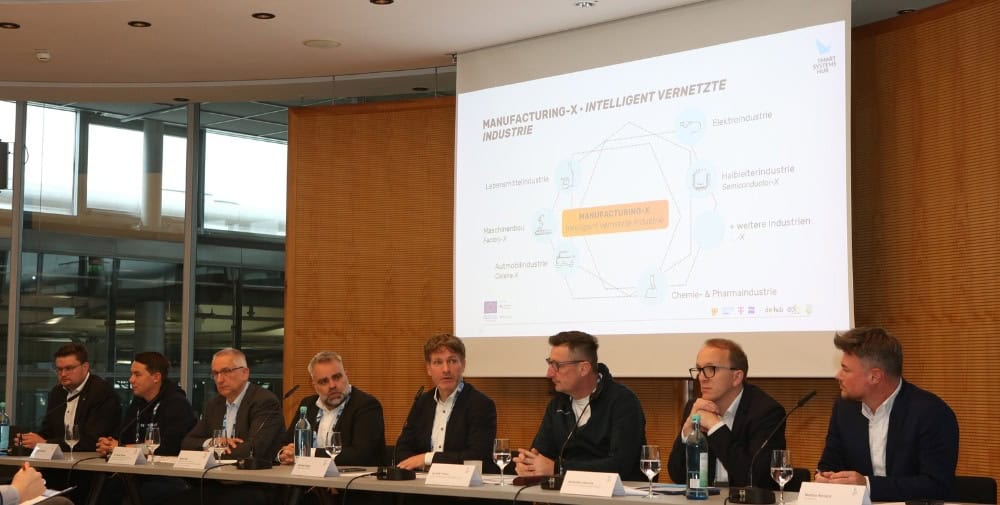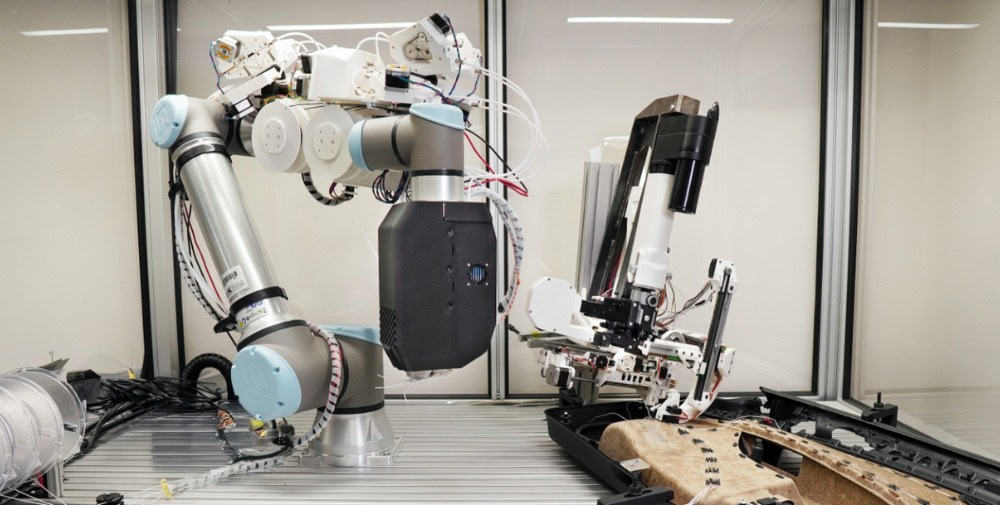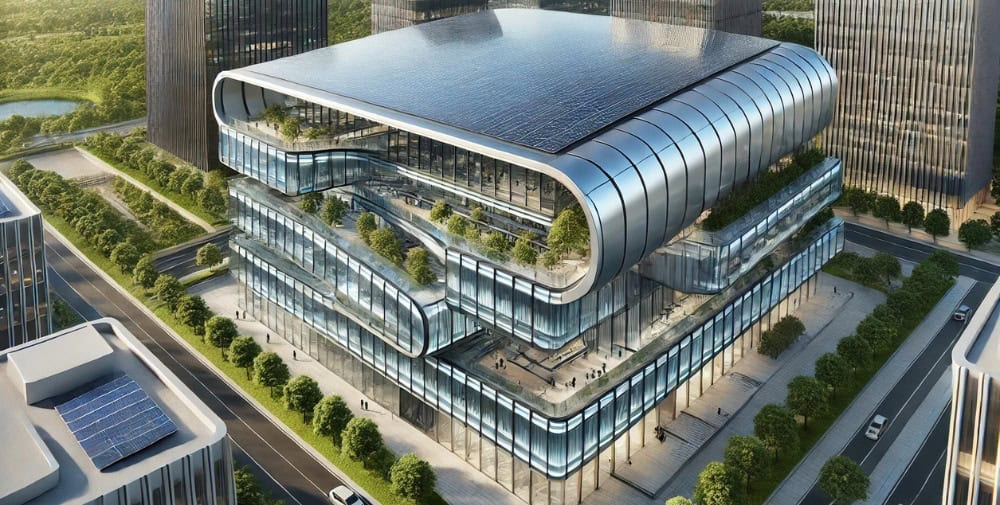Coatings of flexible materials such as web or ultra-thin glass make a significant contribution to the functionality and service life of subsequent products. Whether as barrier layers for packaging films or as contact or conductive layers on ultra-thin glass for touch functionality in OLED control elements, e.g. in the architectural sector. Processing with roll-to-roll (R2R) manufacturing processes enables the production of flexible devices in high volumes. In this context, yield becomes a decisive factor determining the cost per square meter for flexible materials. Due to high throughput and low cost of ownership requirements, the uptime and productivity of production equipment for pressure, wet coating and vacuum coating processes must be increased. Consistently high yield and its improvement are critical for plant operators. Knowing where and why coatings are defective or defects occur during processing that reduce yield, is the basis for process optimization. Up to now, the analysis of the coatings has been carried out subsequently via various inspection systems and characterization methods, and the process control subsequently adapted according to the findings. Inline monitoring enables such an analysis directly during the coating process. In this way, inhomogeneities or process fluctuations can be detected directly and a high reject rate can thus be avoided.
As a leading application-oriented research institute in the field of R2R coatings, Fraunhofer FEP has several laboratory and pilot facilities for the development of innovative, functional coatings on ultra-thin glass, web or other flexible materials. Within the KODOS project (Fabricated Thin Glass Composite for Optoelectronic Systems), funded by the German Federal Ministry of Education and Research, the innovative material thin glass was to be brought into finished products along the entire value chain. To this end, the researchers developed efficient coating technologies for electrodes and OLEDs. In doing so, they worked closely with the project partner SURAGUS – a specialist for measurement and testing solutions based on eddy current technology.
To characterize essential electrical properties of the entire material composite close to the process, a self-sufficient installation variant for a traverse was designed and developed at Fraunhofer FEP. This was integrated into the RC300 vacuum R2R system. Project manager Dr. Jacqueline Hauptmann explains: “Our R2R system has a very small installation capacity, i.e. there was very little space as well as only limited possibilities to install further components in the system. Thanks to our in-house expertise in systems and hardware development, a traverse that could be easily integrated was now designed, drawn in 3D and constructed for this purpose. Particular attention was paid to developing a concept that could be adapted to any existing vacuum coating system and equipped with a wide variety of sensors.”
These developments were accompanied by SURAGUS GmbH, who integrated movable eddy current sensors into the traverse. Marcus Klein, Managing Director of SURAGUS GmbH explains: “When integrating our eddy current sensors into the new solution for R2R vacuum systems, attention had to be paid to the vacuum suitability of the individual components and overheating during operation had to be avoided in order not to impair the vacuum. In addition, special algorithms for compensation of signal changes caused by the movement of the sensors had to be developed to achieve high accuracies. In the meantime, we have jointly designed an overall solution in the facility at Fraunhofer FEP, where our sensors provide reliable values for sheet resistance of metallic, organic and inorganic layers.” Non-contact high-frequency eddy current testing as a monitoring technology can ensure coating quality and process stability for both established and new high-volume manufacturing processes, thus also support improvements in manufacturing yields.
With the developed traverse, a transferable solution was developed that allows process control or pure data acquisition to adjust process parameters during coating or, for example, to perform quality control before delivery of customer material.
For the first time in the R2R process, the sheet resistivity can now be monitored in-situ with the additional option of two-dimensional traversability of the sensors and used for direct process control and adjustment. The x-y traversability of the sensors on the traverse additionally enables mapping in 2D to make coating thickness fluctuations visible over the coating width or defects during coating. Until now, this was only possible in one dimension with a fixed-position sensor. In Fraunhofer FEP’s R2R system RC300, the measurement system is used for sheet resistance measurement on thin TCOs or metallic layers. The system can now be used to wind, coat and now simultaneously measure both on films and ultra-thin glass. Currently, the researchers are working on a pilot scale with still low winding speeds. This is now being further optimized with regard to the requirements of the plant operators. Furthermore, faster winding and measuring modes are being tested.
The project partners are open for further discussions and to future developments, new fields of application or even specially designed installation solutions in already existing R2R plant technology with this unique traverse solution with the two-dimensional movable sensors.
